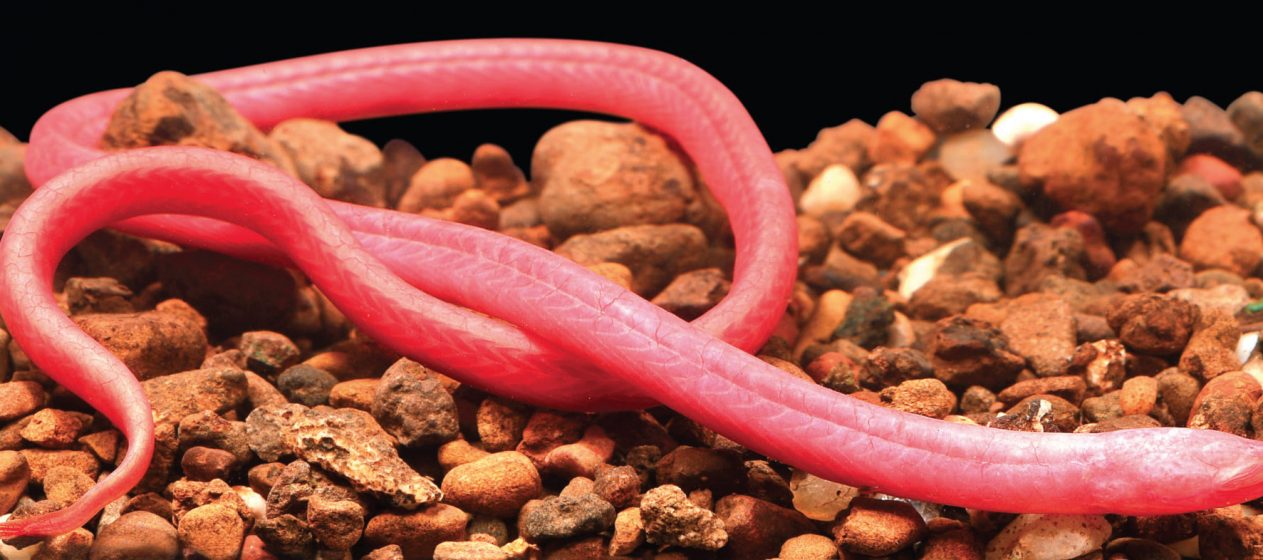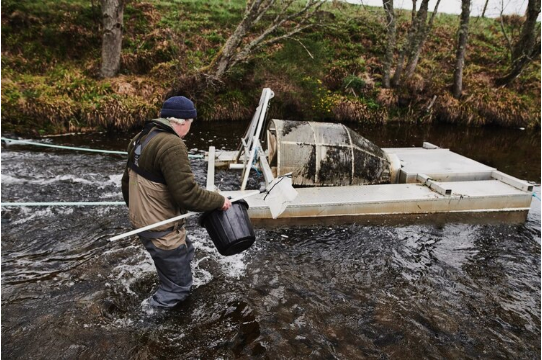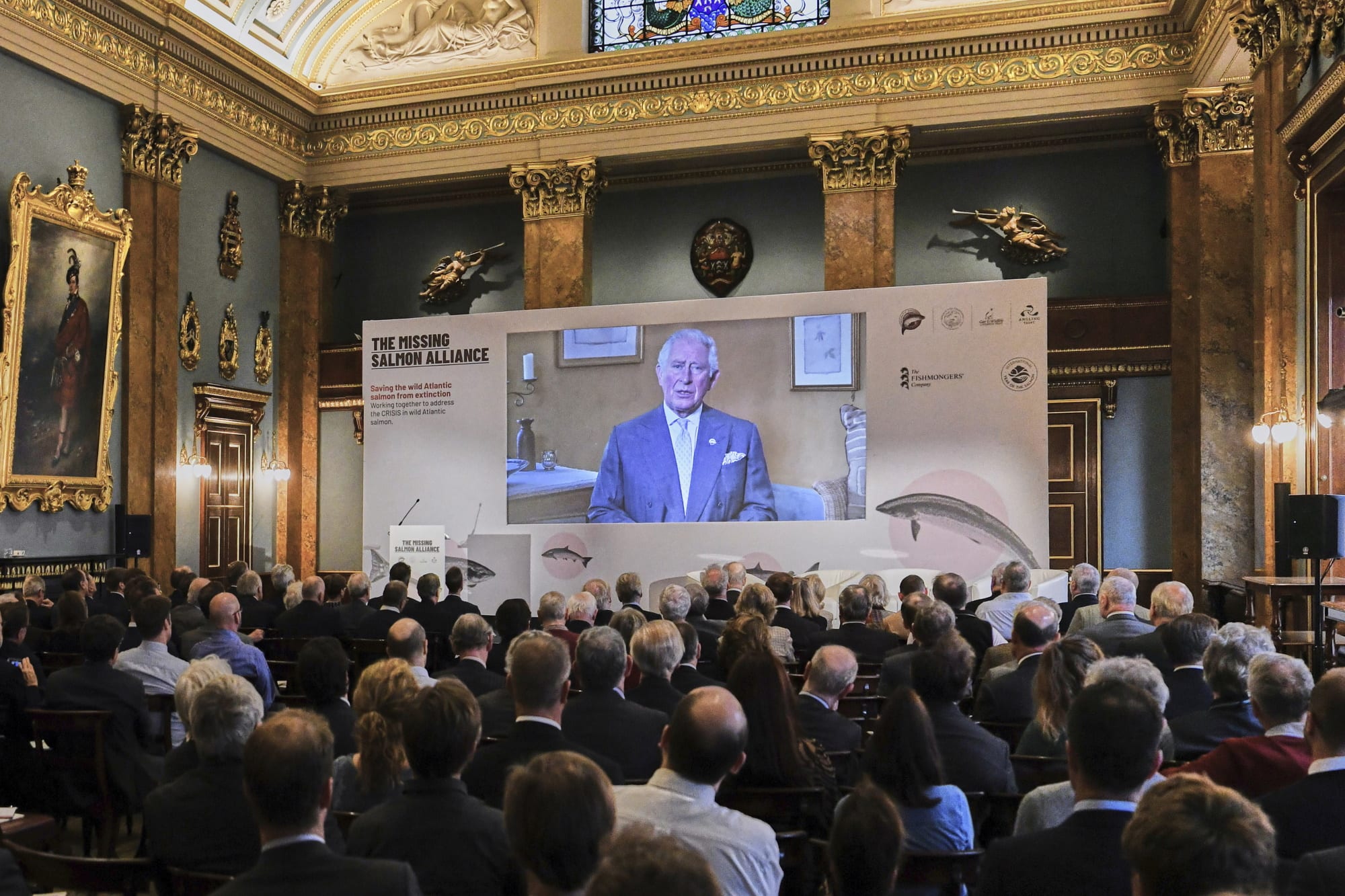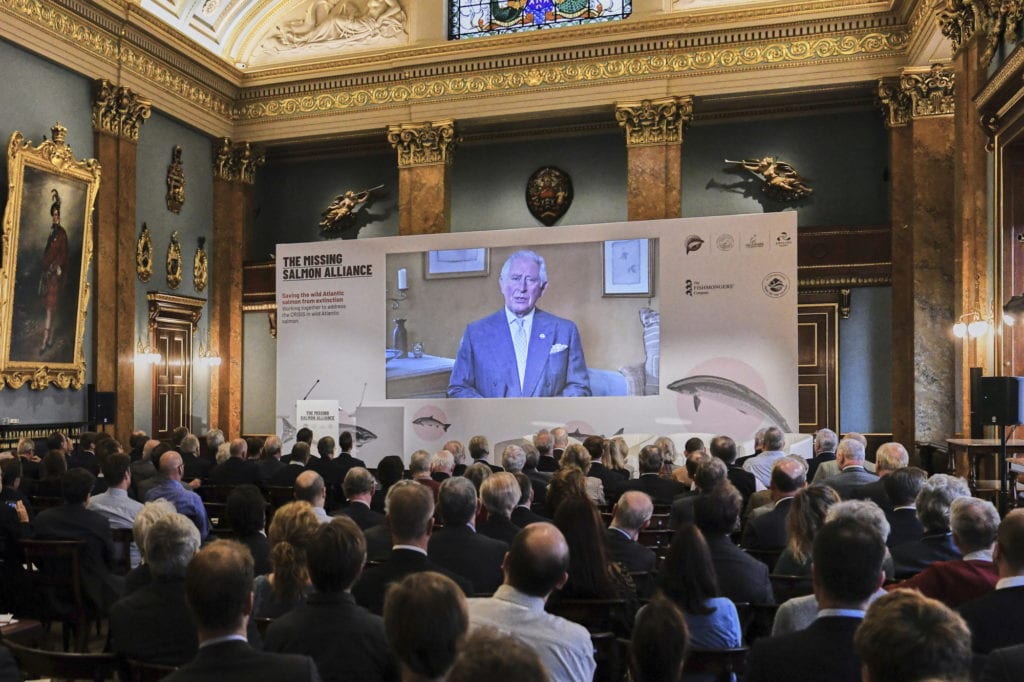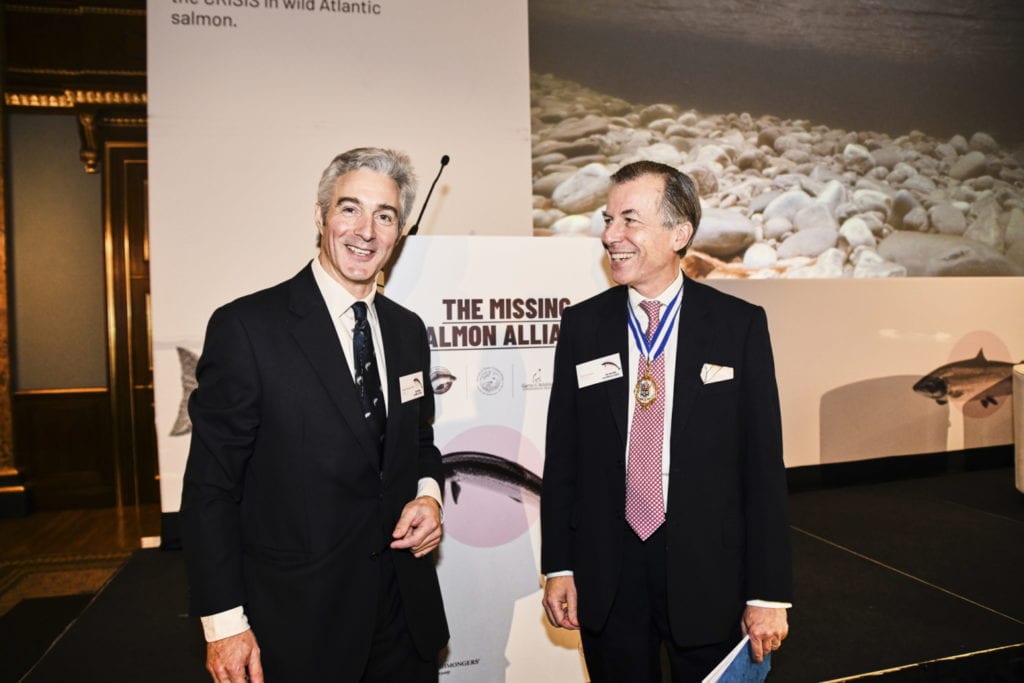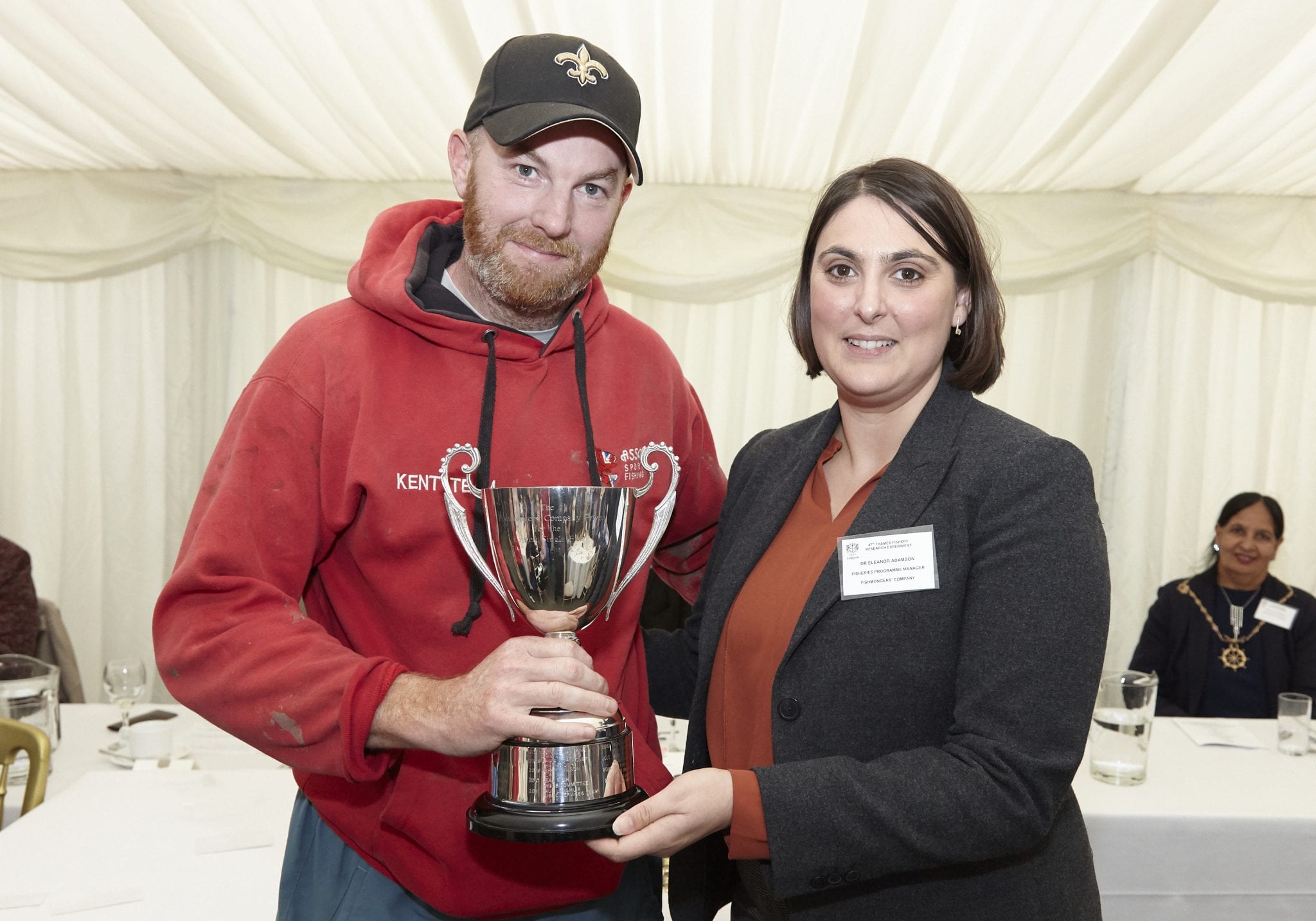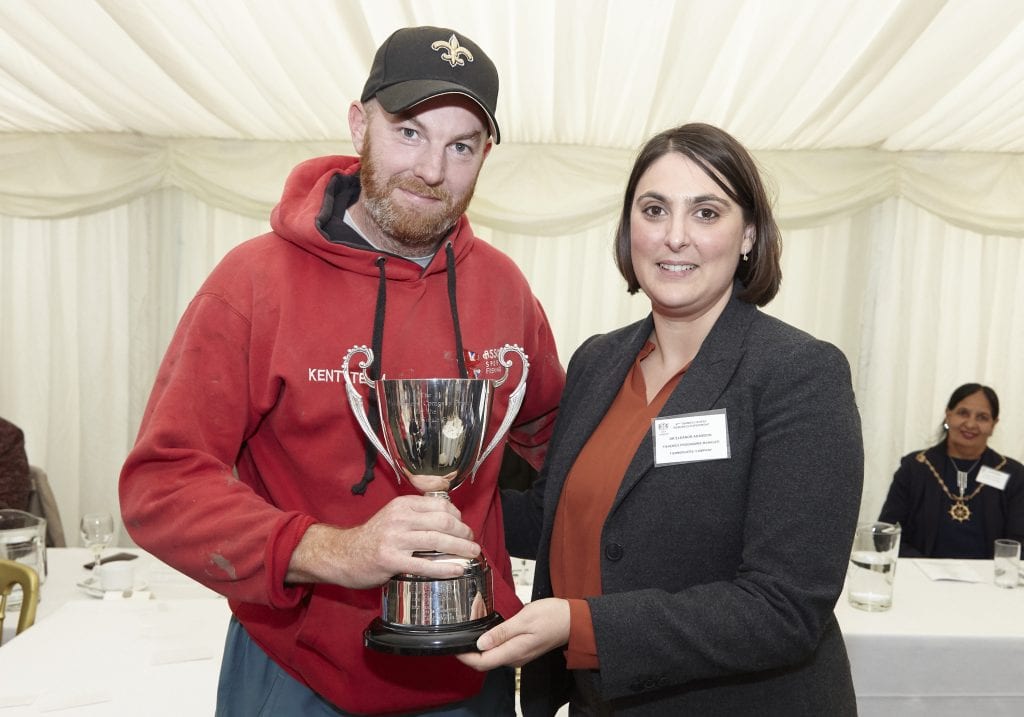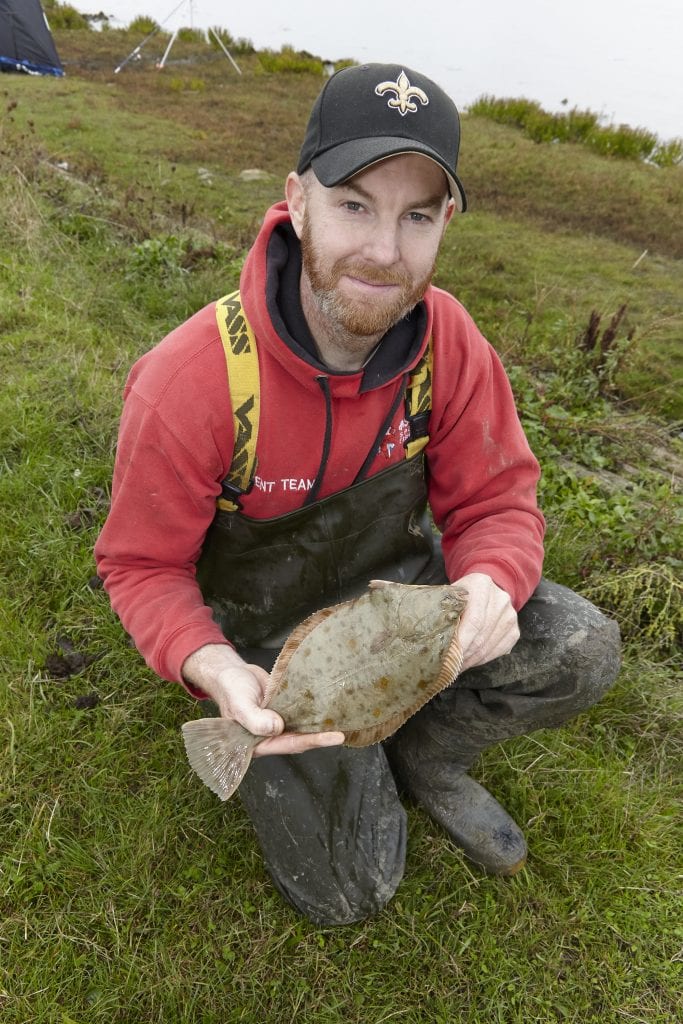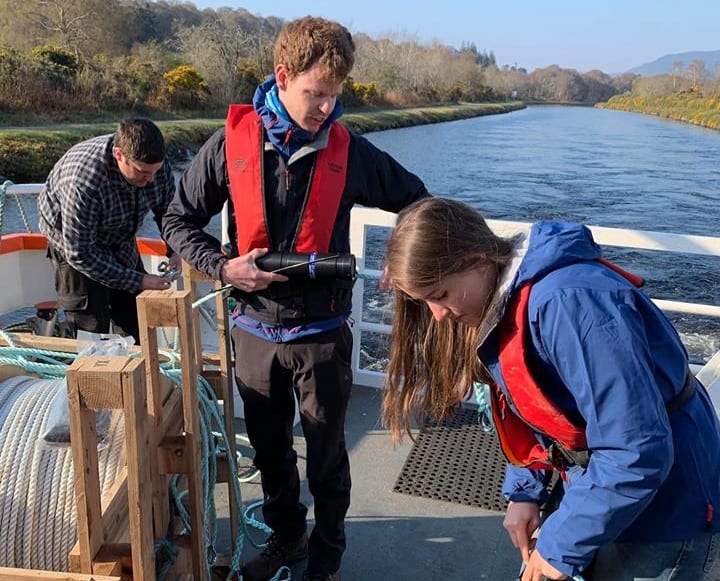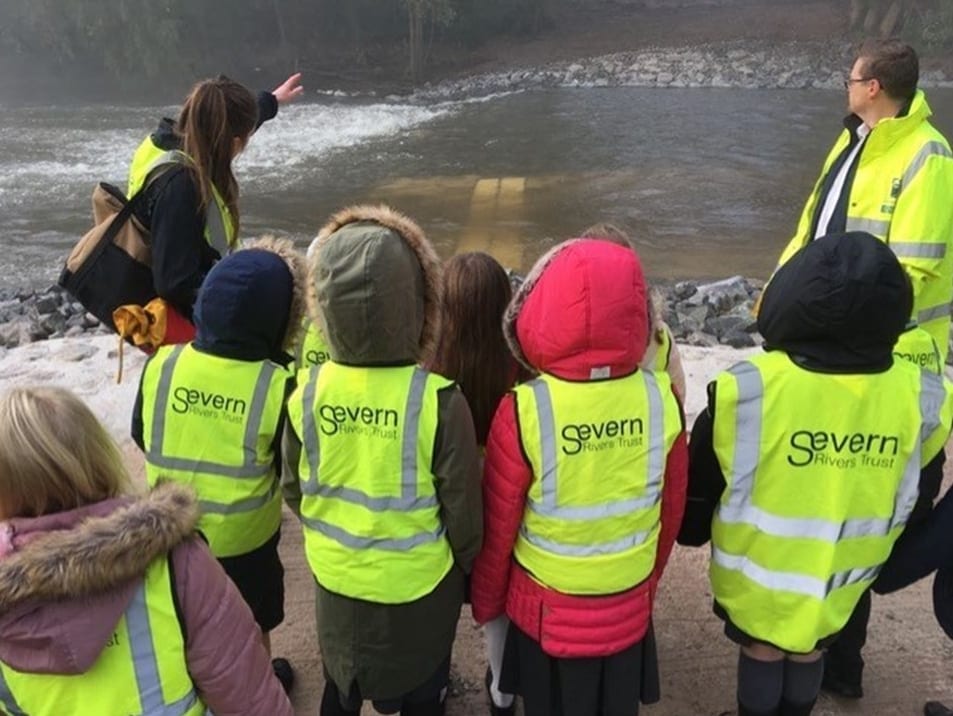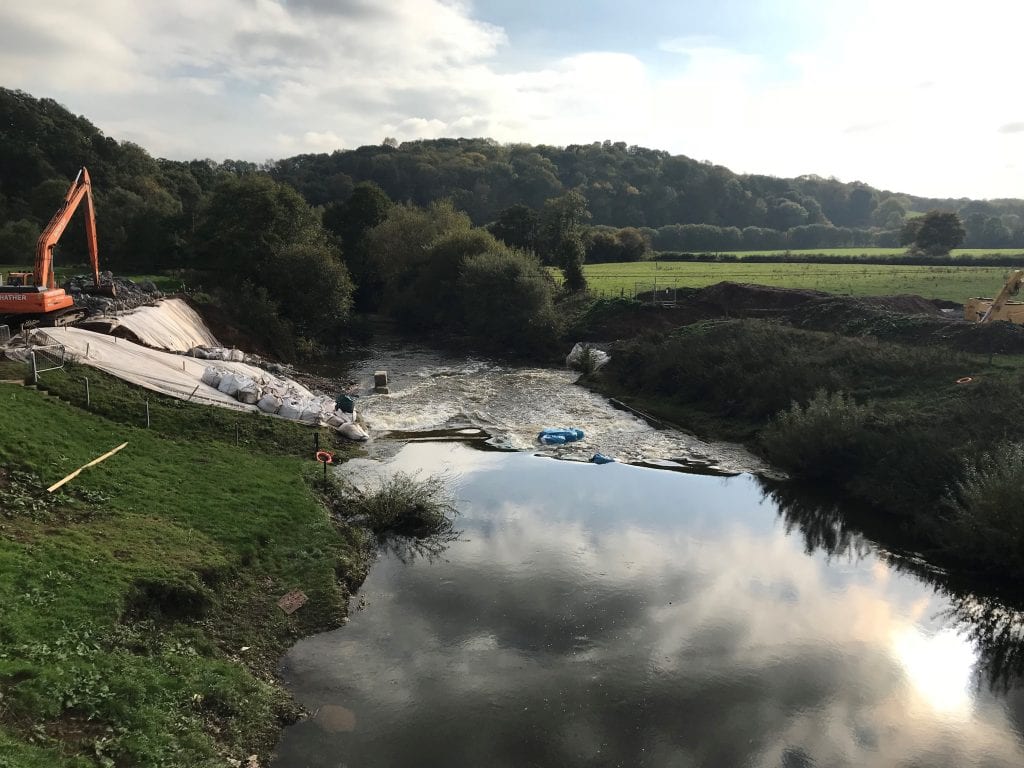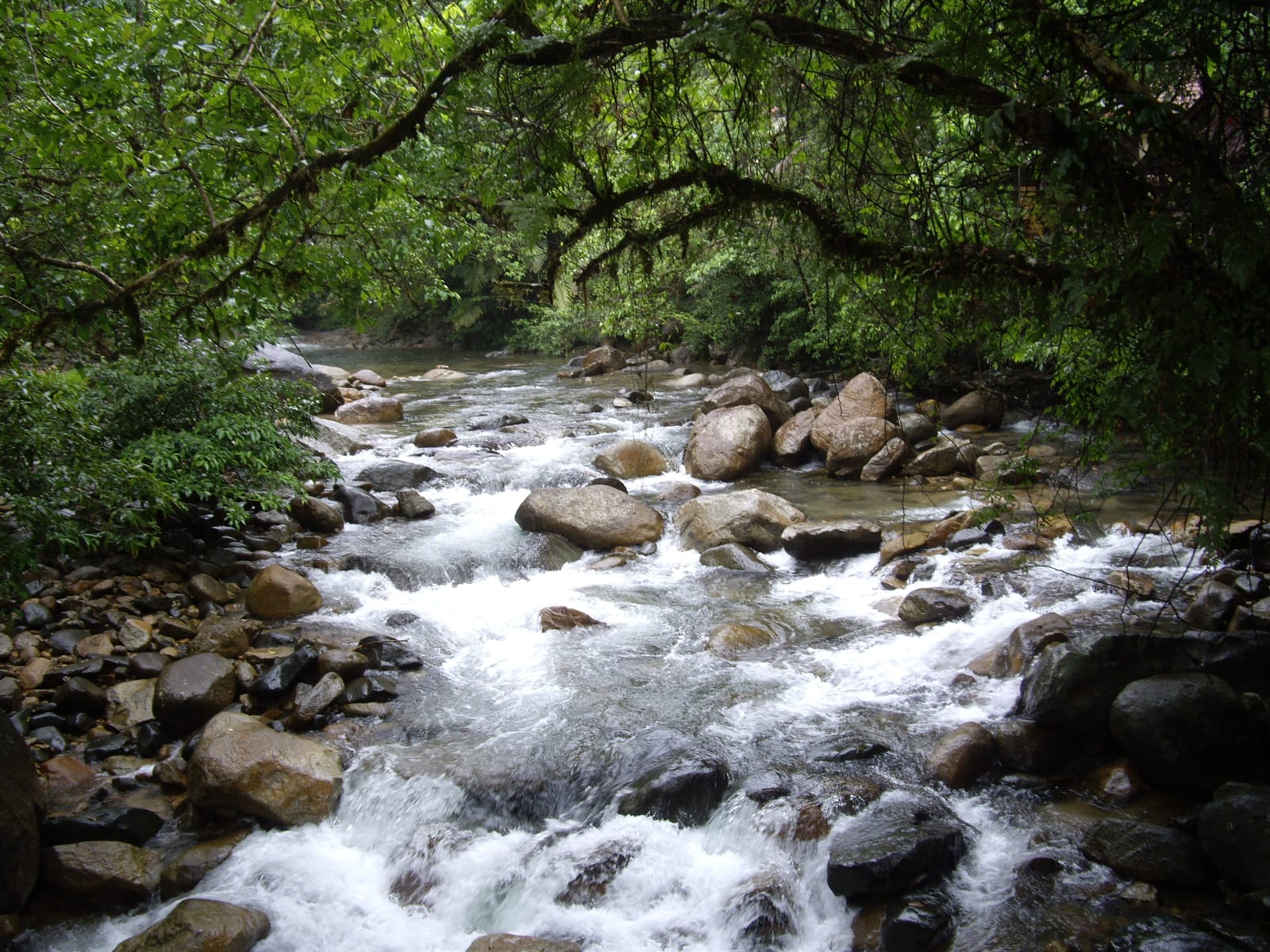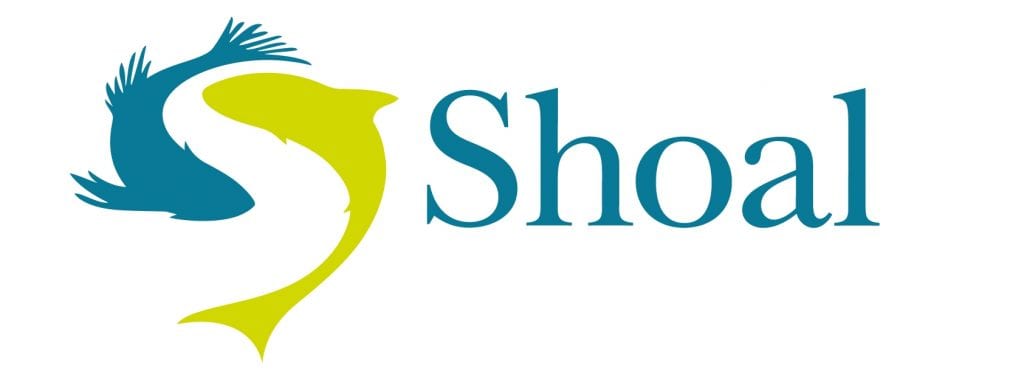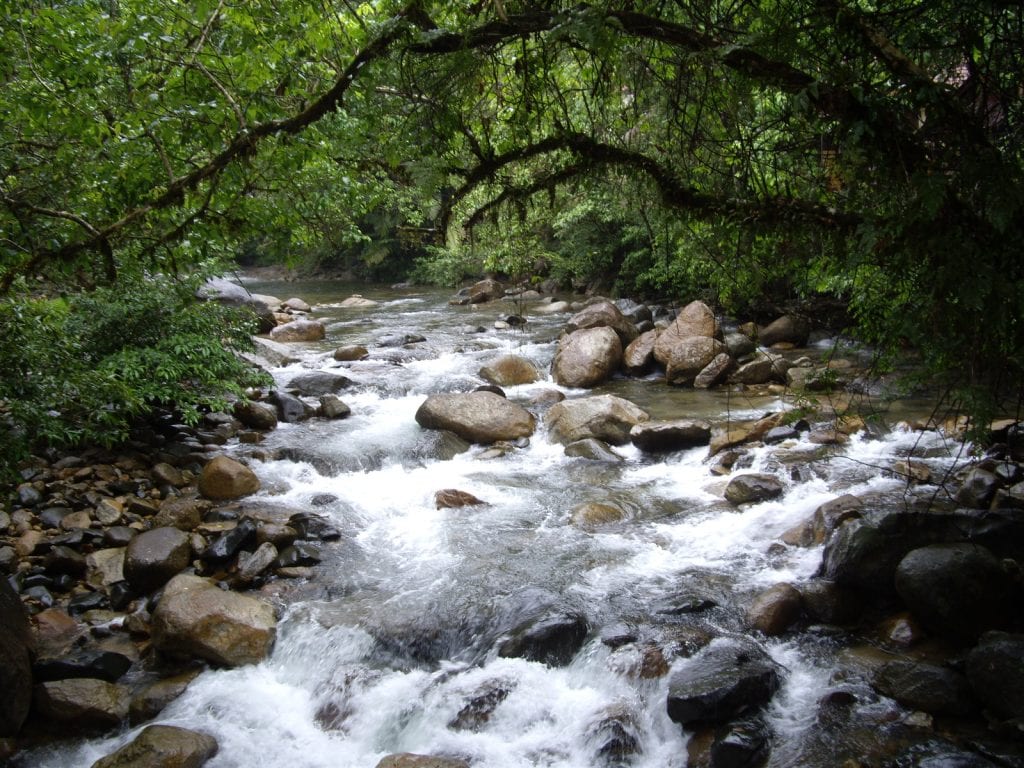A new report from Shoal, funded by the Company’s Fisheries Charitable Trust, celebrates the 212 “new” freshwater fish species recorded in 2021. From a blind eel found at the bottom of a well in a school for the blind in India to the Wolverine fish, named after its curved spikes tucked under its gills used to ward off predators, the report demonstrates that “there are still hundreds and hundred more freshwater fish scientists don’t know about yet”.
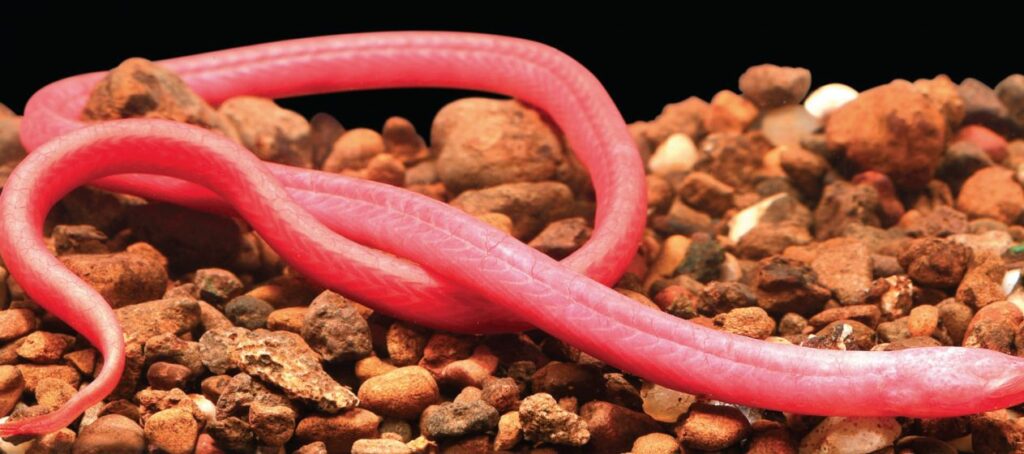
Shoal, a conservation organisation co-founded by the Company in 2019, works to halt extinctions and recover populations of the most threatened freshwater species around the world. Their New Species 2021 report highlights just how much life there is still to be discovered in rivers and lakes around the world.
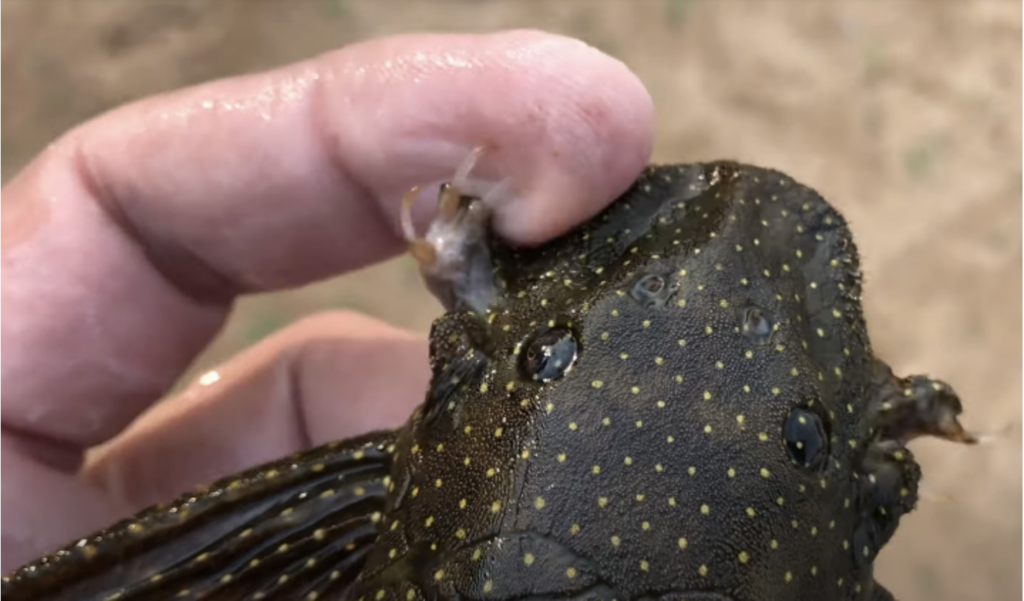
An average of four freshwater fish were newly described every week in 2021, a rate that Harmony Patricio, Shoal’s conservation programme manager finds surprising against a backdrop of declining freshwater biodiversity, “it’s fascinating that over 200 new freshwater fish species can be described in just a single year,” she explains, “you might see this level of new discovery for organisms like plants or insects, but not really for vertebrates.”
Every discovery can help scientists to learn more about freshwater species, including their anatomy, their evolution and their environment. With 80% of freshwater species having gone extinct in modern times, and freshwater fish disappearing at twice the rate of terrestrial species, it is hoped that this report, the first of its kind, will raise awareness of the incredible range of freshwater species out there and inspire efforts to protect them for future generations.


